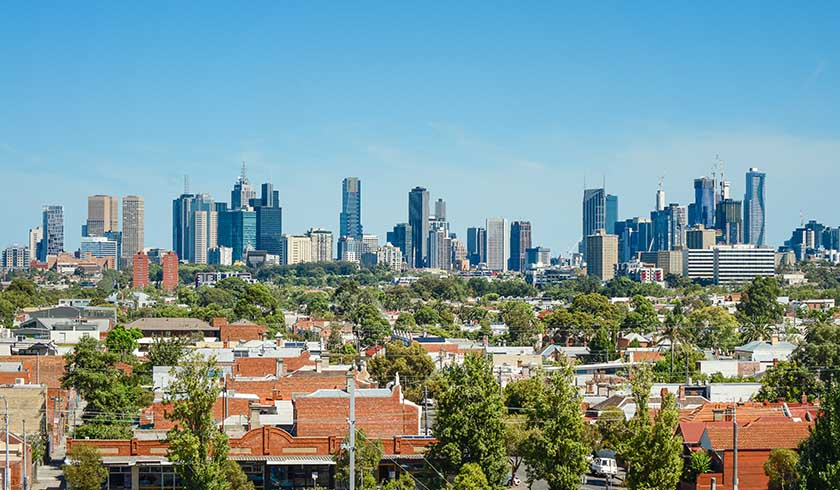Prices fall but not the doomsday prophecies many predicted
The COVID-19 pandemic has seen a reduction in housing prices, rental yields and vacancy rates over the June quarter, new research has revealed.

Results collated by the Real Estate Institute of Australia (REIA) show the property market has seen falls across almost every capital, although the impact has been much more subdued than leading economists predicted.
Prior to the pandemic, economists were predicting falls of up to 30 per cent.
“While there has been an impact on prices, it is relatively modest and has certainly not been the doomsday prophesies some commentators expected,” REIA president Adrian Kelly said.
House price values decline
House prices across the eight capital cities fell by 2.2 per cent for the June quarter to $770,359.
The results showed that Darwin and Adelaide have remained stable throughout the pandemic, while Melbourne has seen the biggest falls in house prices.
However, Mr Kelly noted: “The impact has not been uniform across Australia, with local market conditions varying, resulting in a range of outcomes.”
Rental market
The rental market has also seen declines over the June quarter as border closures and changing living arrangements impact rental yields.
“Over the quarter, the median rent for three-bedroom houses decreased in all capital cities except for Canberra, where there was a marginal increase, and Sydney where the rent remained stable,” Mr Kelly said.
The decrease in median rents for three-bedroom houses, over the quarter, was 1.6 per cent.
“There is a consistent pattern for June quarter median rents to decline, and the 2020 decline cannot be attributed entirely to the impact of COVID-19,” Mr Kelly said.
The median rent for two-bedroom other dwellings decreased in all capital cities except Darwin, which had a 1.7 per cent increase.
The largest decline was in Melbourne, and at 8.7 per cent it’s the largest decline in the past 10 years.
Weighted average vacancy rates
The weighted average vacancy rate for the eight capital cities decreased to 3.0 per cent during the June quarter, which shows a loosening in the market compared to last quarter.
“A factor contributing to the market stability is the decline in the number of listings for sale,” said Mr Kelly.
“In all capital cities except Perth the number of houses and other dwellings for sale declined compared to the June quarter 2019.”
The biggest declines were in Hobart, where the number of houses for sale declined by 33 per cent and the number of other dwellings by 26 per cent.
“The market is holding up better than many expected, with the government’s initiatives of JobKeeper and JobSeeker as well as the banks loan deferrals playing their part in stabilising the situation.
“With extensions to these having been announced, we expect continued stability in the market,” Mr Kelly concluded.

